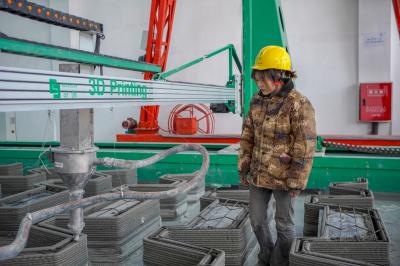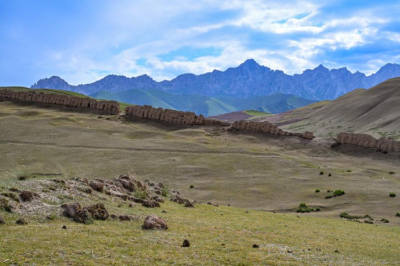Between 2012 and 2013, the central government appropriated 1.4 billion yuan in special funds annually to support the building of 1,500 training bases for vocational education. During the 2012-2015 period, the National Development and Reform Commission arranged more than 17 billion yuan in special funds to support the enhancement of basic capabilities in 1,814 secondary vocational schools. The state also invested 2.3 billion yuan in carrying out a plan aimed at raising the quality of teachers in vocational colleges and schools. By the end of 2015, the state had arranged for more than 340,000 teachers in vocational colleges and schools to attend systematic training; succeeded in having 580 large and medium-sized enterprises participate in the training of teachers; and completed the construction of 300 sites providing specially-designed courses to train vocational teachers. Between 2012 and 2015, the central government appropriated 41.7 billion yuan as subsidies for the implementation of a tuition fee waiver program in secondary vocational schools, under which the tuition fees for all rural students, urban students who major in agriculture and those poverty-stricken students at full-time secondary vocational schools were abolished. State grant scholarships were also given to first and second-year students of full-time colleges majoring in agriculture and those not majoring in agriculture, but who come from poverty-stricken families. The annual subsidy for each recipient was 1,500 yuan in 2013, which was raised to 2,000 yuan in 2015, covering nearly 40 percent of the students.
The financial support policies in general institutions of higher learning for students from poor families have been strengthened. Since July 2014, student loans offered by the state have been adjusted to a maximum of 8,000 yuan annually for each full-time undergraduate or college student and up to 12,000 yuan annually for each full-time graduate student. Since July 2015, all interest on loans for students has been paid through financial subsidies with a maximum term extended to 20 years. Since the autumn term of 2014, a new state grant policy for full-time graduate students has been implemented, with no less than 10,000 yuan for each doctor degree candidate annually and no less than 6,000 yuan for each master degree candidate.
(6) Cultural rights
Figure 7: The number of public cultural facilities in parts of China between 2012 and 2015
Public cultural facilities have been further improved. By the end of 2015, China had built 3,139 public libraries, 3,315 cultural centers, 40,976 cultural stations, 4,692 museums and 409 science and technology museums. Between 2012 and 2015, the central government invested 20.3 billion yuan cumulatively to support the free admission to public cultural facilities. By the end of 2015, the number of museums open to the public free of charge had reached 4,013. The central government has invested 9.223 billion yuan to make sure that radio and TV broadcasts basically cover all villages with no more than 20 households each and where electricity is available. As part of a cultural information resource sharing project, China has built 35,500 service centers and sub-centers in cities and townships and service stations at the grassroots level covering 700,000 villages and communities, which are able to share digital resources amounting to 532 TB, surpassing the planned goal. China has established 600,449 farmers' libraries, and sent more than 1 billion books and periodicals to rural areas. The country has also built 24,000 satellite digital farmers' libraries and 252 rural digital movie lines, and organized more than 50,000 movie projection teams. Satellite digital movies basically covered 640,000 administrative villages with over 9 million movie screenings purchased annually. |
- Home
- News |Tibet |Exclusive |China |World |Related News |Latest
- Documents |White Papers |Others
- Photo |Politics |Economy & Society |Culture & Religion |Human & Nature |Beautiful Tibet |Other Tibetan-Inhabited Area |Exchanges |Related
- Video |News |Documentary |Micro-Video |Entertainment
- Art
- Tourism
- In Focus
- About Tibet






